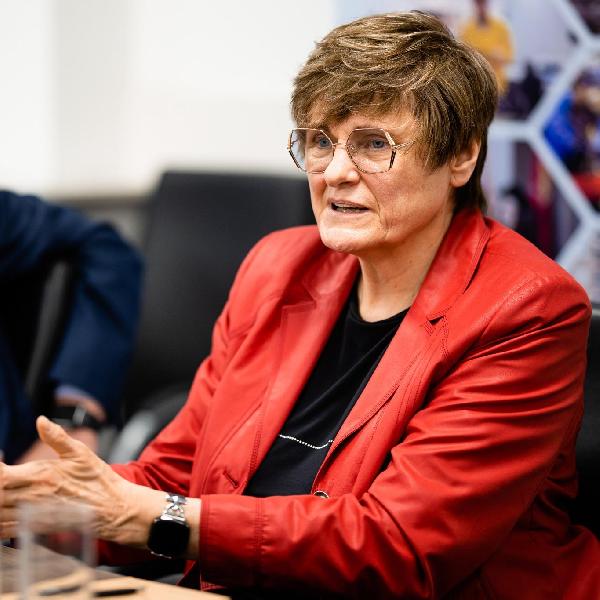Hungarian-born scientist Katalin Karikó, together with colleague Drew Weissman, received the Nobel Prize in Medicine. Karikó and Weissman found out that mRNA with chemically modified bases did not lead to inflammatory reactions. Subsequent to publishing their discovery in 2005, they also found that using mRNA with altered bases significantly increased protein production. The discoveries by the two Nobel Prize laureates were critical for developing effective mRNA vaccines against COVID-19 during the pandemic that began in early 2020. Through their groundbreaking findings, which have fundamentally changed our understanding of how mRNA interacts with our immune system, the laureates contributed to the unprecedented rate of vaccine development during one of the greatest threats to human health in modern times.
Vaccines using mRNA technology are now being developed against a number of diseases, including influenza, malaria and H.I.V., which remains difficult to inoculate against. Personalized cancer vaccines have also showed promise. They use mRNA tailored to an individual patient’s tumor to teach the person’s immune system to attack proteins on the tumor.
Another Hungarian-born scientist Ferenc Krausz received Nobel Prize in Physics together with his colleagues Pierre Agostini and Anne L'Huillier. The three Nobel Prize laureates in physics 2023 are being recognised for their experiments, which have given humanity new tools for exploring the world of electrons inside atoms and molecules. They have demonstrated a way to create extremely short pulses of light that can be used to measure the rapid processes in which electrons move or change energy.
Changes in electrons occur in a few tenths of an attosecond, a unit so short that there are as many attoseconds in one second as there have been seconds since the birth of the universe. "The ability to generate attosecond pulses of light has opened the door on a tiny, extremely tiny, time scale and it's also opened the door to the world of electrons," said Eva Olsson, member of the Nobel Prize in Physics Selection Committee. There are potential applications of the findings in many different areas. In electronics, it is important to understand and control how electrons behave in a material. The field also holds promise in areas such as a new in-vitro diagnostic technique to detect characteristic molecular traces of diseases in blood samples, the academy said.
Photos: Geberle Berci, Alexandra Beier


